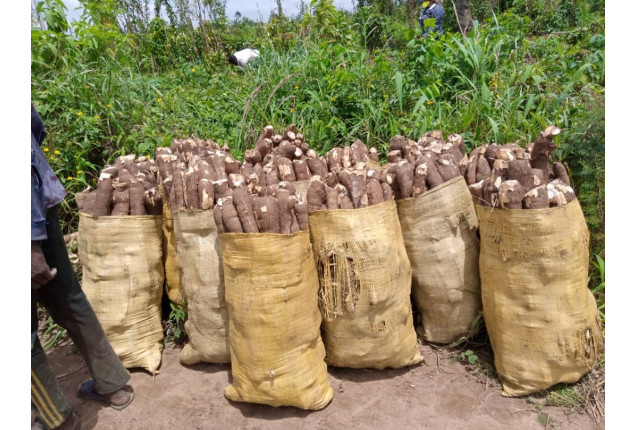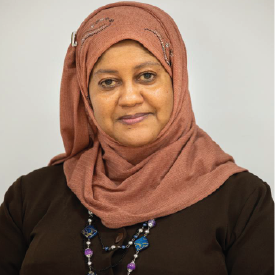By A Special Correspondent
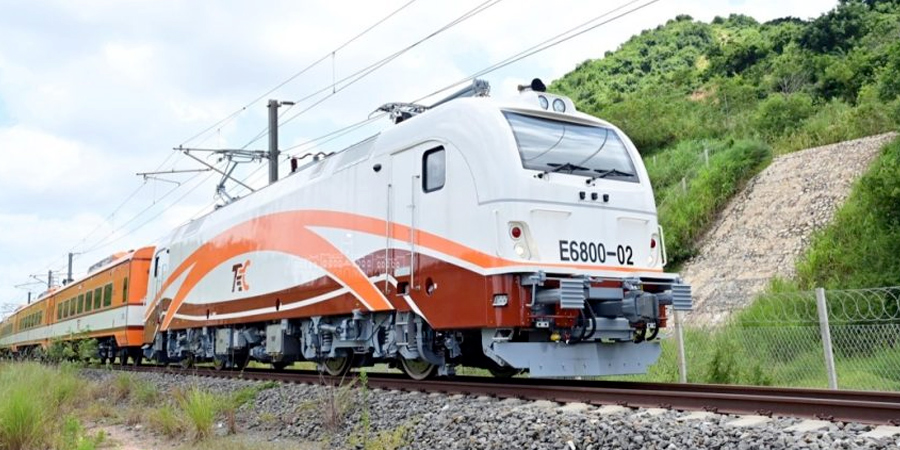
In the crowded field of emerging markets, Tanzania has just made a bold move that’s hard to ignore.
The latest Tanzania Investment Centre (TIC) Bulletin reports a striking 46.72% increase in capital inflows for Q3 2024/25 (January to March 2025), with US$2.16 billion in committed investment compared to US$1.47 billion during the same quarter the previous year.
Yet, this isn’t just a story about a sharp uptick in numbers. It’s about a strategic shift – a deliberate orchestration of policy, partnerships, and priorities that’s positioning Tanzania for economic resilience and regional influence.
From new-age agribusiness zones to solar energy fields and massive logistics hubs, the sectors drawing in capital are rewriting the country’s economic DNA.
From boom to blueprint: What the numbers reveal
Let’s begin with the raw figures:
- Capital inflow:
- US$ 2,164.7 million (up from US$1,475.43 million)
- Project count:
- 199 new investment projects
- Jobs projected:
- 24,444
- Ownership breakdown:
- Foreign: 94
- Domestic: 66
- Joint ventures: 39 (a 62.5% increase)
- Top regions: Dar es Salaam (73 projects), Pwani (48), Arusha (16)
On the surface, these numbers suggest broad-based growth. But under the surface, they signal targeted economic diversification, a term that’s moved from policy papers to real-world implementation.
Agriculture: Where tradition meets technology
Tanzania’s agricultural sector is no stranger to foreign capital. But what’s unfolding now is different: a shift from subsistence to high-efficiency, export-oriented agribusiness.
Take the Bugwema Irrigation Scheme, valued at US$14.89 million, which is set to benefit over 2,500 households.
Or the Usariver Agricultural SEZ, a modern horticulture zone targeting export markets. These projects are transforming agriculture into a scalable business, not merely a survival strategy. Perhaps most ambitious is the Mkulazi Agricultural City – a US$ 570 million megaproject spread across 30,000 hectares. It’s not just about farming – it’s about agro-industrial ecosystems.
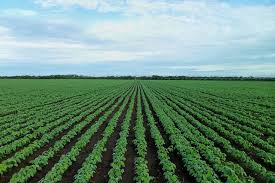
Energy: Clean, green and geopolitically smart
Power generation has long been a bottleneck. Now, it’s becoming a magnet.
Solar and clean energy investments – heavily backed by China and India – are reshaping Tanzania’s energy profile.
These aren’t just off-grid rural projects; they’re industrial-grade clean power initiatives meant to feed factories, logistics hubs, and new economic zones.
February and March saw energy-focused diplomatic missions from Japan and India, signaling strong international confidence.
The bigger story here? Tanzania is no longer betting everything on hydropower or fossil fuels. Diversified energy sources are reducing vulnerability to climate shocks and price volatility.
Infrastructure: Building the gateway to East Africa
The jewel in the infrastructure crown is the East Africa Commercial & Logistics Centre (EACLC) in Dar es Salaam – an investment topping US$ 200 million.
Covering 75,000 square metres, it’s designed to function as:
- A commercial trade platform
- A logistics and warehousing hub
- A business and leisure district
Strategically aligned with China’s Belt and Road Initiative, the EACLC complements Tanzania’s ongoing Standard Gauge Railway (SGR) expansion, linking trade routes across East Africa.
Manufacturing: Fewer projects, bigger bets
Though the number of manufacturing projects declined slightly, capital surged by 45.87%, a clear sign of consolidation and scale.
Among the most notable are:
- Motorcycle and bicycle assembly plants (China)
- Tire and stainless-steel manufacturing
- Kibaha Textile SEZ: US$ 78.85 million with a staggering 38,400 job projection
This is part of a strategic pivot from raw material exports to value-added production, where Tanzania not only grows but also processes and ships products to regional and global markets.
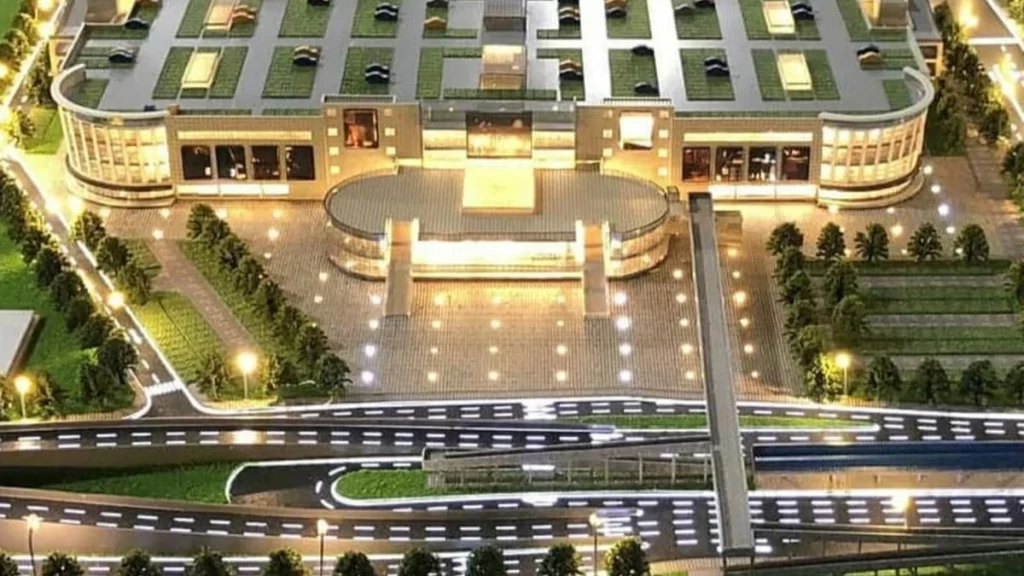
Services: Tourism and real estate find their moment
The service sector – long overshadowed by agriculture and mining – is enjoying a renaissance.
January saw Polish investors exploring tourism opportunities, while Japanese delegations in February looked at real estate development under the 2023 Land Policy reforms.
These projects, especially in Dar es Salaam and Arusha, target mid- and high-end hospitality, tapping into Tanzania’s appeal as both a tourism destination and a future urban hub.
Why this moment matters
This isn’t Tanzania’s first investment surge. But what makes the 2023–2024 boom different is its sectoral balance and structural intent.
Every dollar flowing into the country now is more likely to create long-term assets, multi-generational jobs, and global economic linkages.
Several underlying reforms are quietly enabling this:
- Tanzania Investment and Special Economic Zones Authority Act (TISEZA): Streamlining approvals
- 2023 Land Policy: Unlocking land for investment while protecting tenure
- Regional diplomacy: Opening Tanzania to trade corridors and cooperative ventures
The road ahead: Risk, promise and realism
To sustain this momentum, Tanzania must address:
- Implementation delays in large-scale projects
- Skilled labour shortages in sectors like energy and manufacturing
- Infrastructure bottlenecks outside urban hubs
Still, the direction is clear. Investment is no longer flowing into Tanzania because of its raw potential alone. It’s flowing because the systems to convert potential into productivity are taking shape.
From frontier market to economic frontrunner
Tanzania’s 46.72% capital inflow surge isn’t a flash in the pan – it’s a calculated economic reorientation. It reflects a country stepping beyond its legacy as an agriculture-heavy economy and embracing its role as an industrial and logistical nerve centre for East Africa.
From solar panels in Singida to steel plants in Pwani, and logistics megacentres in Dar es Salaam, the investment map is changing. And with it, so is Tanzania’s future. The boom has ignited something bigger: a belief that Tanzania is not just growing – it’s evolving.

